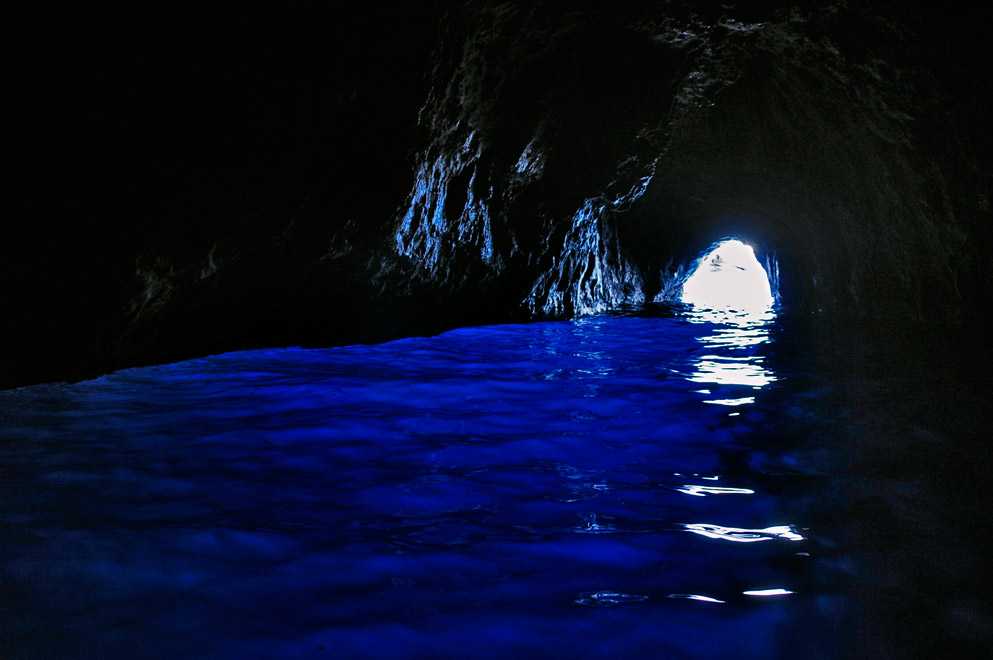World 🢖 Europe 🢖 Italy 🢖 Campania
Caves 🢔 Geological wonders 🢔 Categories of wonders
Wonder
Blue Grotto in Capri
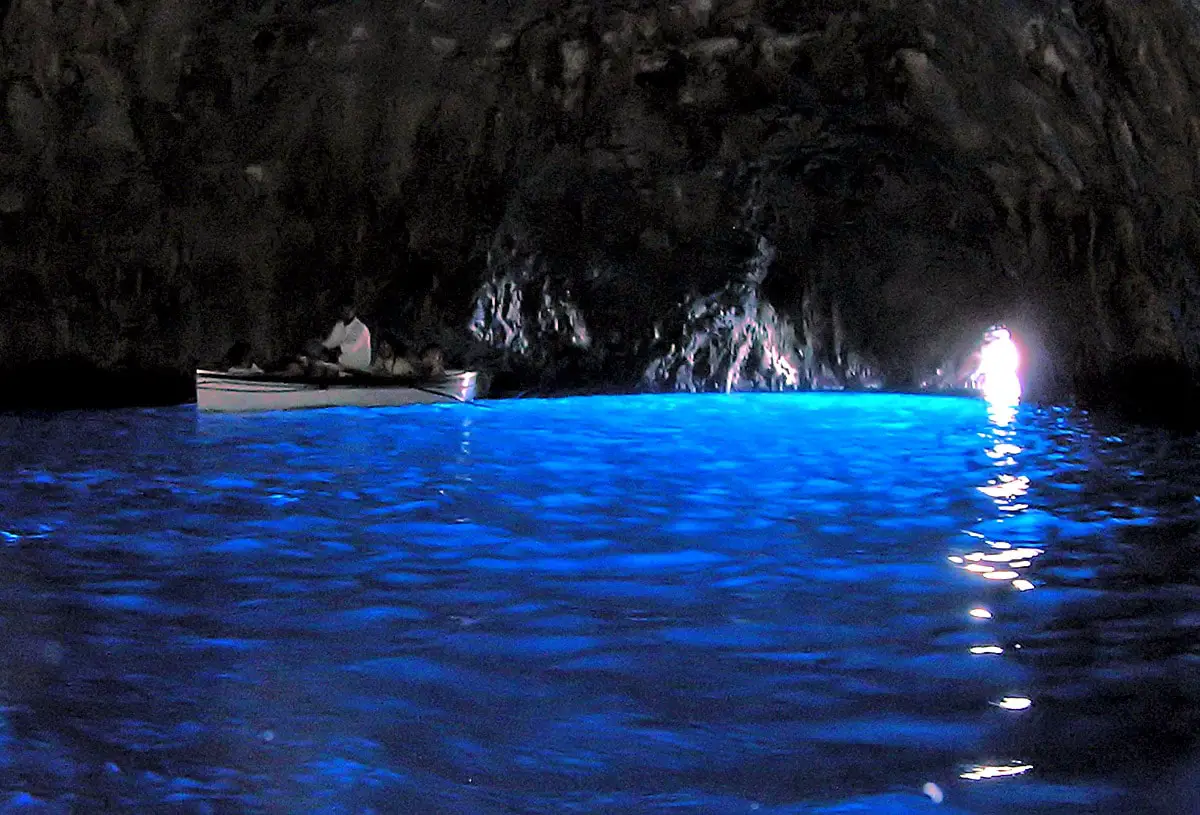
 In short
In short
The Blue Grotto in Capri became a sensation among the Romanticists of Europe in the 1830s – mostly thanks to the eerie blue glow of water inside the cave. And it truly is a romantic retreat entwined with legends and true stories of the past.
 45.8%
45.8%
GPS coordinates
Name in Italian
Alternate name
Length
Width
Map of the site
If you see this after your page is loaded completely, leafletJS files are missing.
 In detail
In detail
This by far is not the only blue grotto in the world – but certainly the most famous one.
Deep blue
Blue color has the shortest wavelength in the visible spectrum of light. As the sunlight enters the water, first are absorbed the longer waves – red color, then one after another – other colors. The deeper one goes, the fewer colors remain. Blue light is the last one: when it ends, there is only darkness.
Cave with two entrances
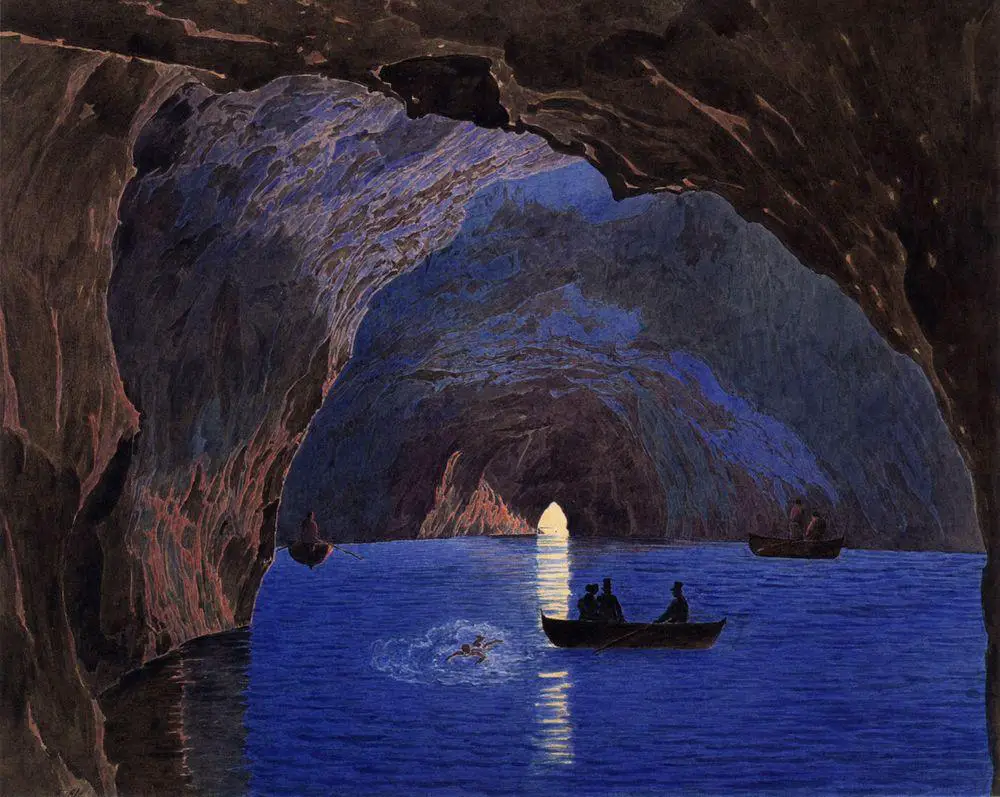
This is the effect with causes the eerie illumination in the famous Blue Grotto – sea cave in the north-western coast of Capri island. Cave has two entrances – a smaller one (1.5 m wide) at the waterline and at least ten times larger one – below the sea. A small 1 – 2 m thick barrier below the sea level divides both entrances.
Thus – a little sunlight enters through the upper hole – and this bright spot of light does not allow to see the large hole below it. A lot more light enters through the enormous underwater hole. Alas, other colors are absorbed in the water and only blue light reaches the interior of the cave. As a result whole 54 m long and up to 15 m deep cave is illuminated with a mysterious, phosphorescent blue light. Visitors to the cave are illuminated from below, and if one puts his hand in the water, the skin is glowing eerily.
One more interesting feature is sulfur springs at the bottom of the cave – thanks to this the cave is very rich with marine life.
Imperial swimming pool
There was a time (27 – 37 AD) when the seat of the Roman Empire was in Capri island – Emperor Tiberius decided that his life would be safer on this secluded island. Several posh villas were built on the island and Tiberius enjoyed a dissolute way of life here, mostly forgetting about the obligations of the emperor.
Tiberius and his people knew about the existence of the Blue Grotto – and the cave was turned into an imperial swimming pool. It was adorned with statues – most likely a group of Tritons blowing shell horns and led by Neptune. Emperor was bathing here among naked boys and girls – and, according to legends, he could access the cave directly from his villa through an underground passage. This passage has not been found (or at least – this is not announced) – maybe it has collapsed since then.
Decline and rediscovery
When the Roman Empire fell, splendid villas of Capri were destroyed in the Middle Age. It seems, also the statues in Blue Grotto were broken – none are in their places. Three statues – two Tritons and Neptune – were found below the water in 1964, bases of seven statues were found in the 21st century. Local heritage organizations dream about the day when exact copies of the ancient statues will adorn the cave again.
Cave was known to local people and occasional guests to Capri. It was considered to be a Devil’s den and locals did not enter the cave.
Blue Grotto became a true sensation in 1826 when a Polish-German poet August Kopisch together with his friend Ernest Fries visited the cave in direction of local fisherman Angelo Ferraro. Kopisch was greatly impressed by the otherworldly beauty of the cave and described it in his book "Entdeckung der blauen Grotte auf der Insel Capri", issued in 1838. Thus the cave became well known among the Romanticised young Europeans and has been a popular tourist destination since then.

Tourist trap?
Today the cave is visited by some 250,000 tourists every year. At high and/or stormy water it is not accessible but at better weather, it is crowded. Tourists come by motorboats or descend the steep ladder to enter smaller boats. The best time to visit the cave is at the midday when the Sun shines in the cave. In cloudy weather, there is no blue shine in the cave.
One boat comes out of the unsightly hole in the cliff – and another enters it. Tourists bend down to pass the cliffs – and for some minutes enter into this fantastic realm.
It happens, sometimes the cave is closed due to very unpleasant reason – water pollution. Well, such is the mass tourism. Nevertheless: Blue Grotto IS beautiful.
References
- Rosella Lorenzi, Roman statues found in Blue Grotto cave, Discovery News, September 28, 2009. Accessed on July 9, 2012
- August Kopisch, Entdeckung der Blauen Grotte auf der Insel Capri. Accessed on July 9, 2012
 Linked articles
Linked articles

Wonders of Italy
Italy is one of the most popular destinations in the world due to its unsurpassed cultural heritage – this country has got some of the finest monuments of architecture and art in the world.
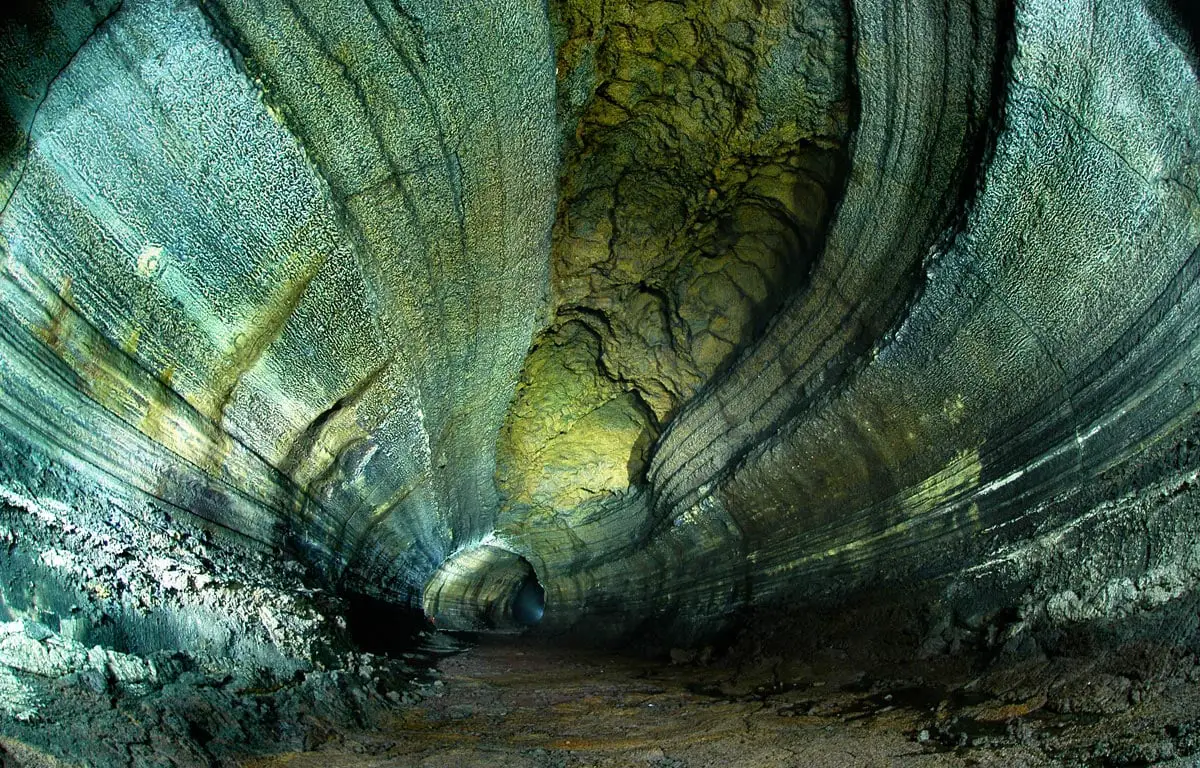
Caves
Every year there are reported exciting discoveries of new caves and discoveries of new qualities such as cave paintings in the ones known before. But there still is a feeling that our knowledge covers just a small part of all these monuments of nature.
Though, those which are known to us, offer a surprising diversity of unusual features and impressive sights.
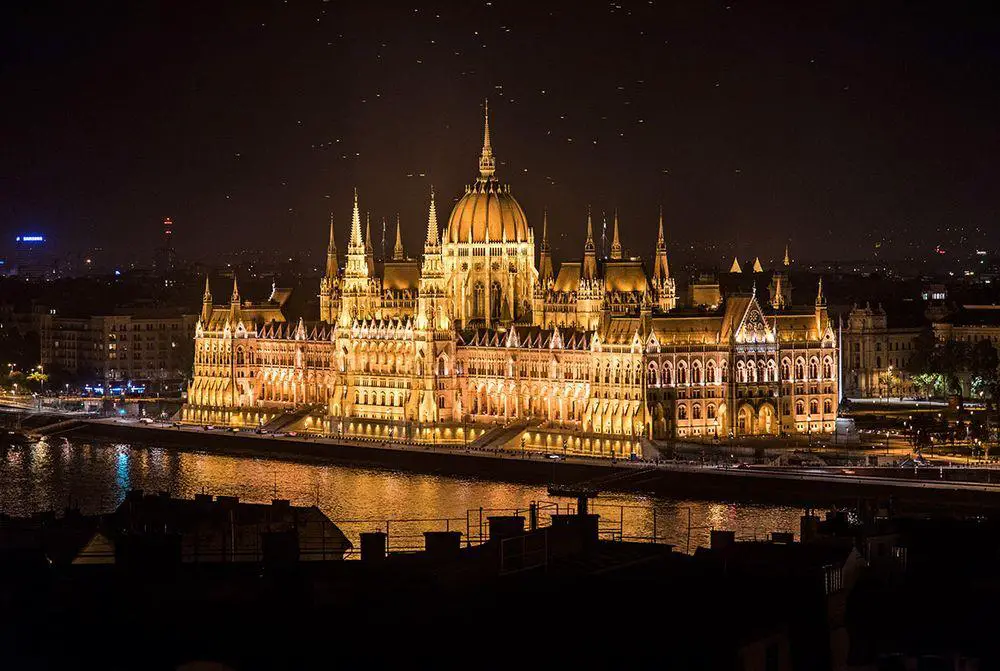
Wonders of Europe
The heritage of Europe is diverse and endlessly interesting. Incomparably rich is the wealth of European historical architecture, but this part of the world has exciting natural heritage and archaeological heritage as well.
 Recommended books
Recommended books
Fodor’s The Amalfi Coast, Capri & Naples
Abundant color photos, combined with thorough coverage, bring one of Italy’s most beautiful destinations to dazzling life. The Bay of Naples and neighboring Amalfi Coast epitomize southern Italy at its best: in one concentrated area, travelers find spectacular natural beauty, world-class art, rich history, and that quintessential Italian zest for living.
Walking on the Amalfi Coast
The 32 routes in this guidebook explore the coastline between Sorrento and Amalfi, together with the islands of Capri and Ischia. Ranging from 3km to 11km, the hikes are all designed to be fitted into a single day, with a panoramic picnic stop halfway around and perhaps a plunge into the sparkling Mediterranean at the end.

